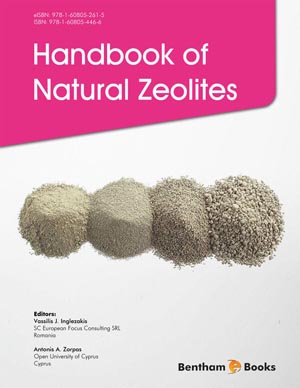Abstract
In this chapter, we have reviewed the results of different studies on the removal of aquatic pollutants especially heavy metals and organics by various biosorbents. Among several sorbents used by different researchers, only agricultural solid wastes without any chemical treatments, i.e. identified as “low cost adsorbents”, are considered. In the adsorption process, the effect of different parameters such as: pH, dose of adsorbent, initial pollutant concentration, contact time, adsorbent particle size, temperature, etc. have been investigated. Among them, pH was found to play an important role in the removal of pollutants by biosorbents. The optimum value of pH for maximum adsorption is reported based on the results of various studies. In some cases, the best adsorption isotherms and kinetic models are also introduced for the prediction of adsorbent behavior. This summary information would help in selecting and deciding suitable cheap biosorbents based on local agricultural wastes for the removal of common pollutants globally.
Keywords: Water treatment, Agricultural wastes, Biosorbents, Heavy metals, Organic pollutants, Dyestuff, Phenolic compounds, Pesticides, Functional groups, Adsorption, Isotherms, Kinetics, Adsorbate, Capacity, Adsorption mechanism, Langmuir isotherm, Freundlich isotherm, External mass transfer, Intraparticle diffusion, pH effect.












